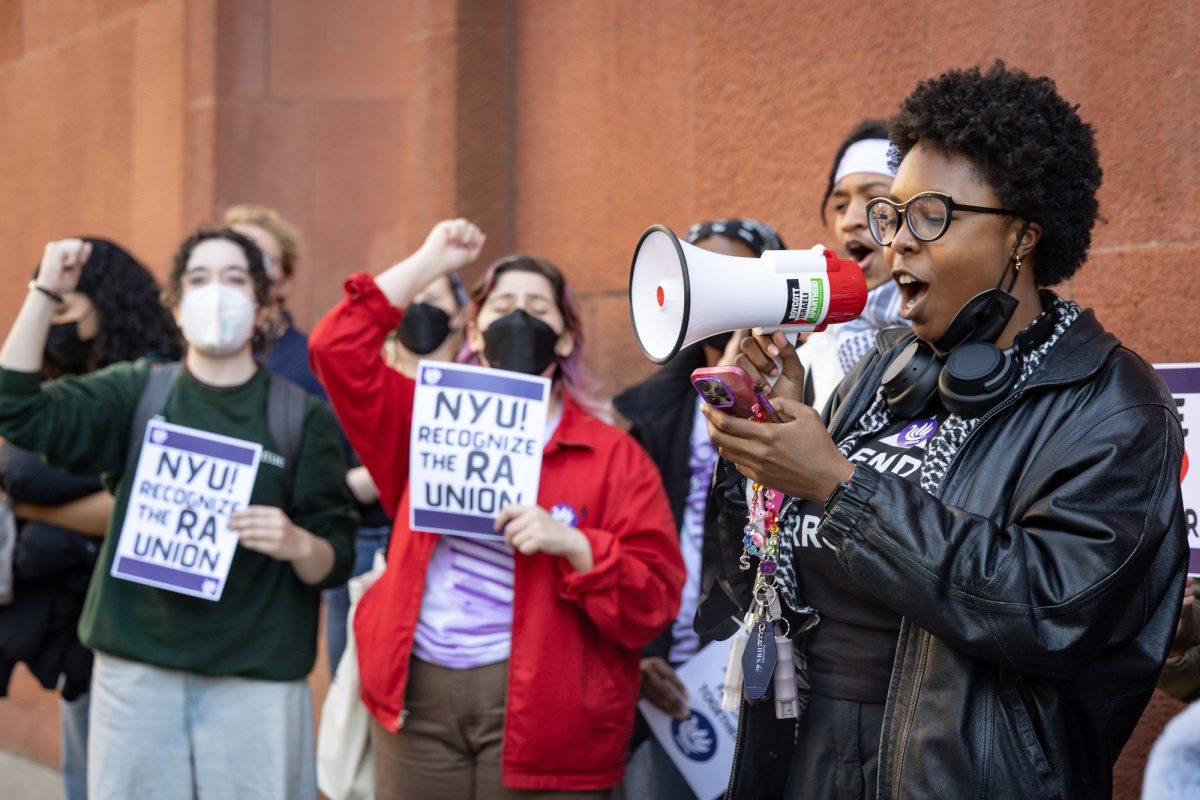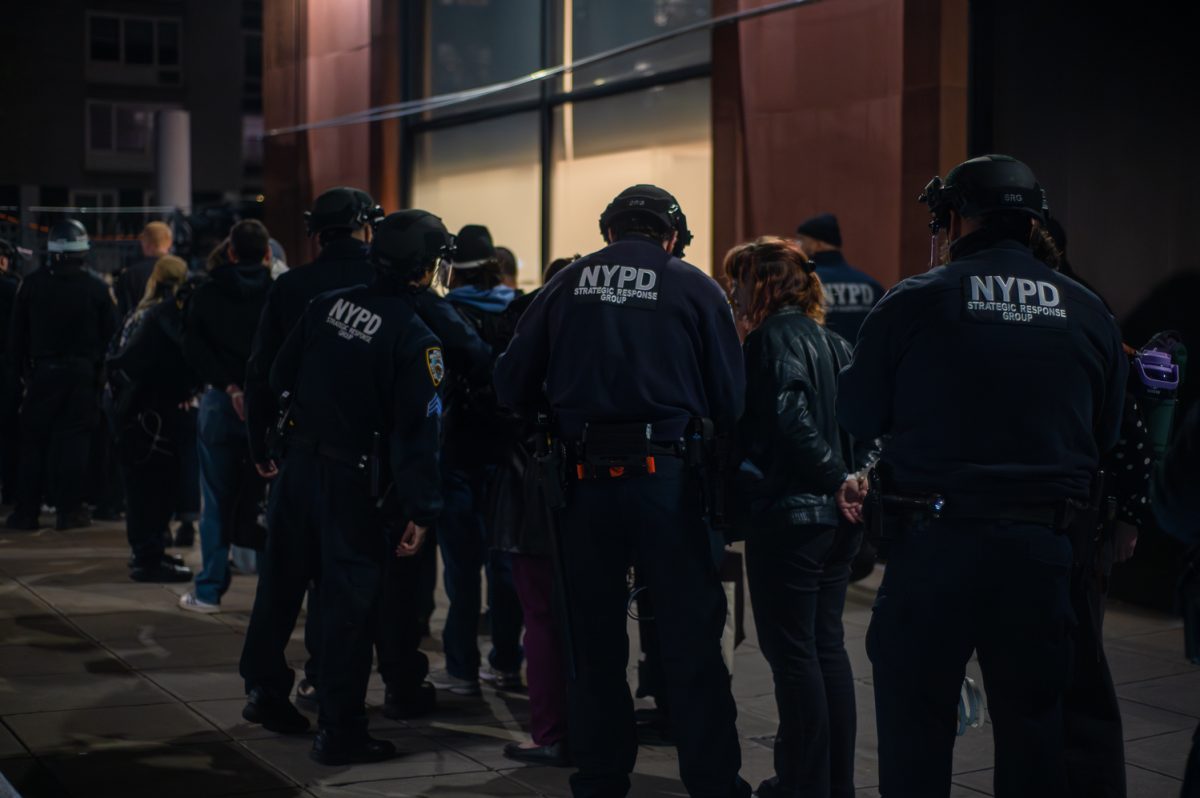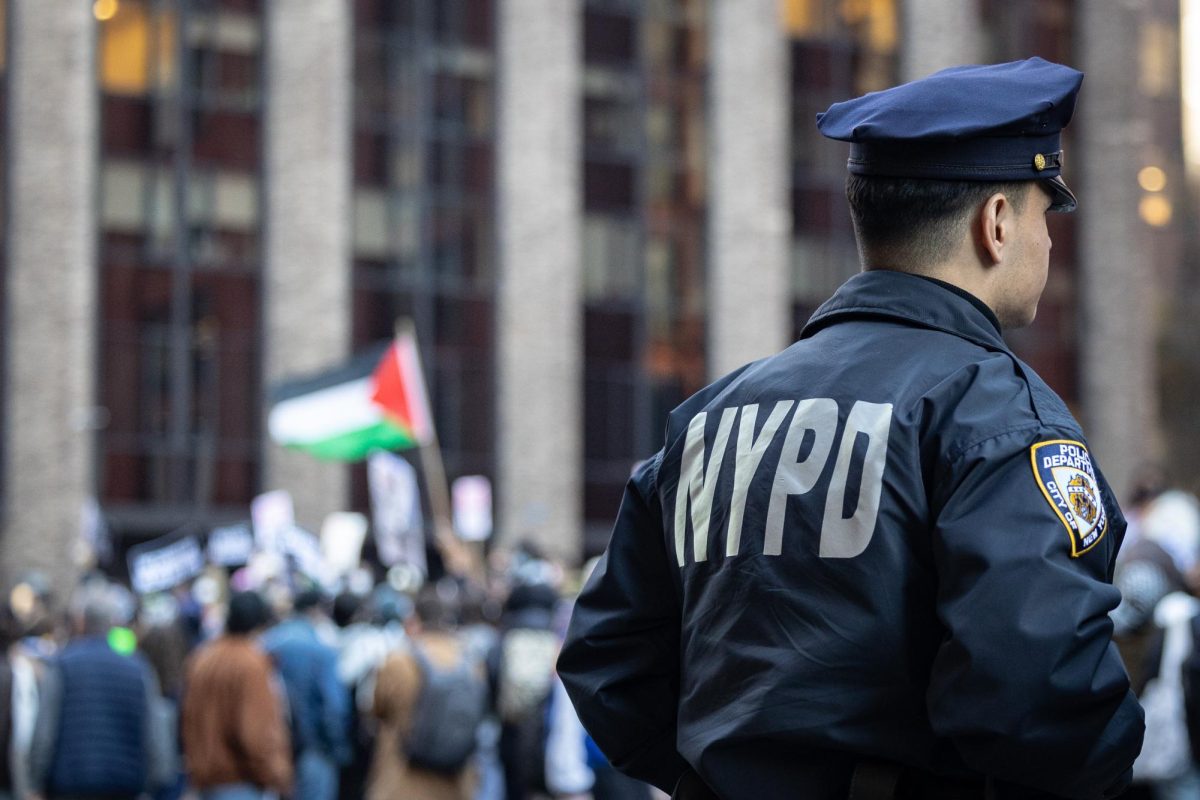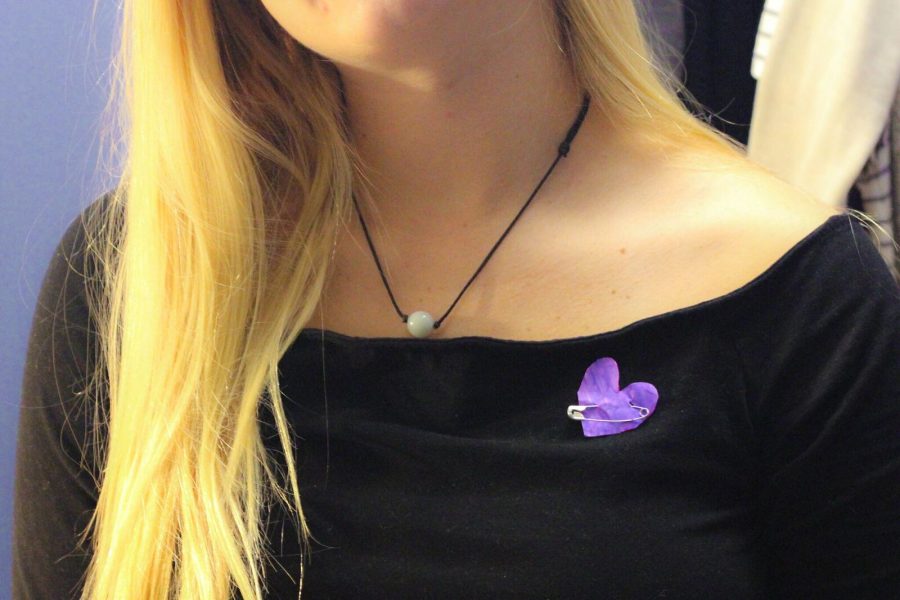Safety Pin: The New Symbol of Solidarity
Staff Photo by Tayler MacMillan
Many students are choosing to wear their hearts on their sleeves in support of fellow classmates who feel like there’s no one safe to turn to.
November 21, 2016
Donald Trump’s recent presidential victory has caused divide across the country. Some have been mourning and protesting, while others have felt empowered by Trump’s nontraditional, controversial rhetoric, leading to some in the latter group to commit hateful acts against marginalized groups. While people are fighting these threats in many ways, one of the simplest and most common methods of protest has been wearing a safety pin to silently display solidarity and support with those feeling fearful.
The act of wearing a safety pin originates from the United Kingdom post-Brexit. The decision to leave the European Union divided political parties and communities, so this subtle statement connected people who opposed what happened or were affected by the threat of discrimination. Now that the U.S. is going through a similar conflict of interest over the president-elect, many Americans have adopted this act for unity.
Some students wearing safety pins have taken action so others can join them. CAS sophomore Stephanie Glass placed a plastic bag of the pins on a bulletin board in the Broome Street Residence Hall lobby, including a note encouraging those willing to stand up against targeted harassment or assault to take one.
Students on other college campuses have joined the movement, but it has not become widespread at NYU. This could be partially due to an opinion article by Huffington Post contributor Christopher Keelty, saying wearing a safety pin may be a way for white people to feel like allies without truly addressing issues of white supremacy.
While Glass is participating in the subtle message of support, she wants people who wear the safety pins to take them seriously and for allies to go further than this simple statement to combat the threats facing marginalized communities.
“To me it seems like the very bare minimum one can do,” Glass said. “It’s certainly not enough to just wear a pin and be unprepared to intervene in real world harassment, nor is it enough to be aware of and vocal about racial issues only in the days following the election.”
As a woman of color, LS sophomore Linseigh Green agrees that safety pins should be a promise of action. She is concerned about the casual way this symbol is being worn and promoted.
“I have already seen a fashion article that discusses stylish ways to wear a safety pin, and that isn’t going to help anyone,” Green said. “There should be a greater focus on actions than the pin itself.”
Stern sophomore Jackie Vieira, who feels specifically impacted by the hateful rhetoric of this election as a female sexual assault survivor of Asian and Latin origins, has made a point to wear a safety pin daily. She sees this act as a way to show love and support in a less blatant way, finding it overall positive and powerful.
“I wear the pin, but I still go to rallies and sign petitions and try to have conversations,” Vieira said. “I also think sending the message that comes with the pin is meaningful.”
To make matters more complicated, some white supremacists have adopted the safety pin to trick people into thinking they are allies when they are actually the very people causing marginalized groups to feel unsafe. While it is unclear how many are doing this, wearers as well as members of targeted groups should stay careful and aware.
Overall, while the movement is trending, a belief and emphasis on more vocal forms of action like protest has made this statement fairly uncommon on campuses. During this time, the priority is staying active and vocal to protect these targeted communities in whatever capacity you feel comfortable.
A version of this article appeared in the Monday, Nov. 21 print edition. Email Ali Webb at [email protected].












































































































































